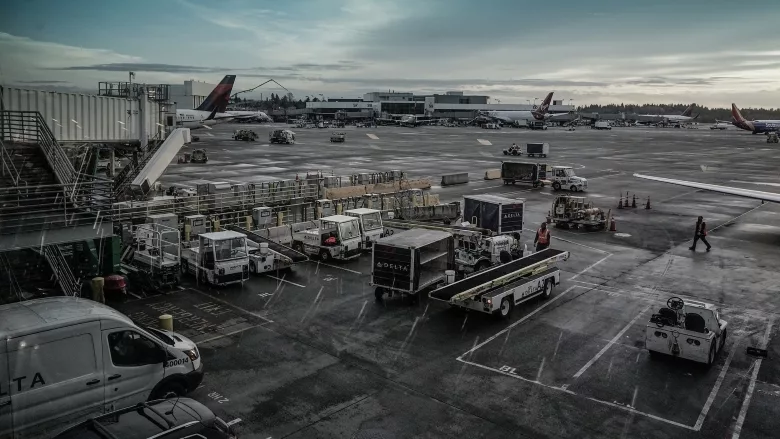TSA tests drone detection technology at LAX airport

Image from Pixabay
The Transportation Security Administration (TSA) has begun testing drone detection technology designed to detect, track and identify (DTI) unmanned aircraft systems (UAS) entering restricted air space around Los Angeles International Airport (LAX).
Drones pose a security threat to transportation security when flown into certain restricted airspaces. LAX joins Miami International Airport in TSA’s UAS Test Bed Program as one of two locations testing drone detection technology in an operational airport environment.
Data collected at the LAX site will help TSA expand drone detection to other airports in the future and raise awareness of the risks of UAS encroaching on restricted airspace. In recent years, UAS have grown in popularity and are used for a wide range of commercial and recreational purposes. DTI technology, which operates 24 hours a day, is capable of using radio frequency waves, electro-optical, radar, acoustic, and thermal imaging to identify the precise location of a UAS.
Since 2021, there have been approximately 90 visual sightings and 5,200 technical detections within three miles of the LAX perimeter. So far this year, approximately 38 drones have been visually detected at LAX, including a drone that was reported within 700 feet of an aircraft several days before Super Bowl LVI, when SoFi Stadium and LAX were designated as no drone zones.
In June 2022, a drone was flown near a runway at Ronald Reagan Washington National Airport (DCA) in Arlington, Virginia. The FAA shut down air traffic for about 45 minutes following that close call in restricted airspace around DCA.
The LAX test bed is federally funded and part of TSA’s collaboration with airport, local law enforcement and interagency partners. This test bed will help to determine effective and suitable technologies that could be used in an operational airport environment. Information and data collected from the TSA UAS test beds will assist stakeholders in protecting against threats to aviation, surface and related transportation domains.
Looking for a reprint of this article?
From high-res PDFs to custom plaques, order your copy today!






